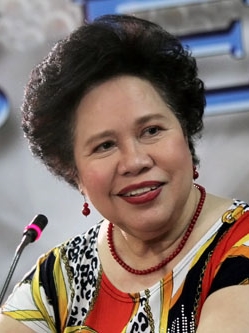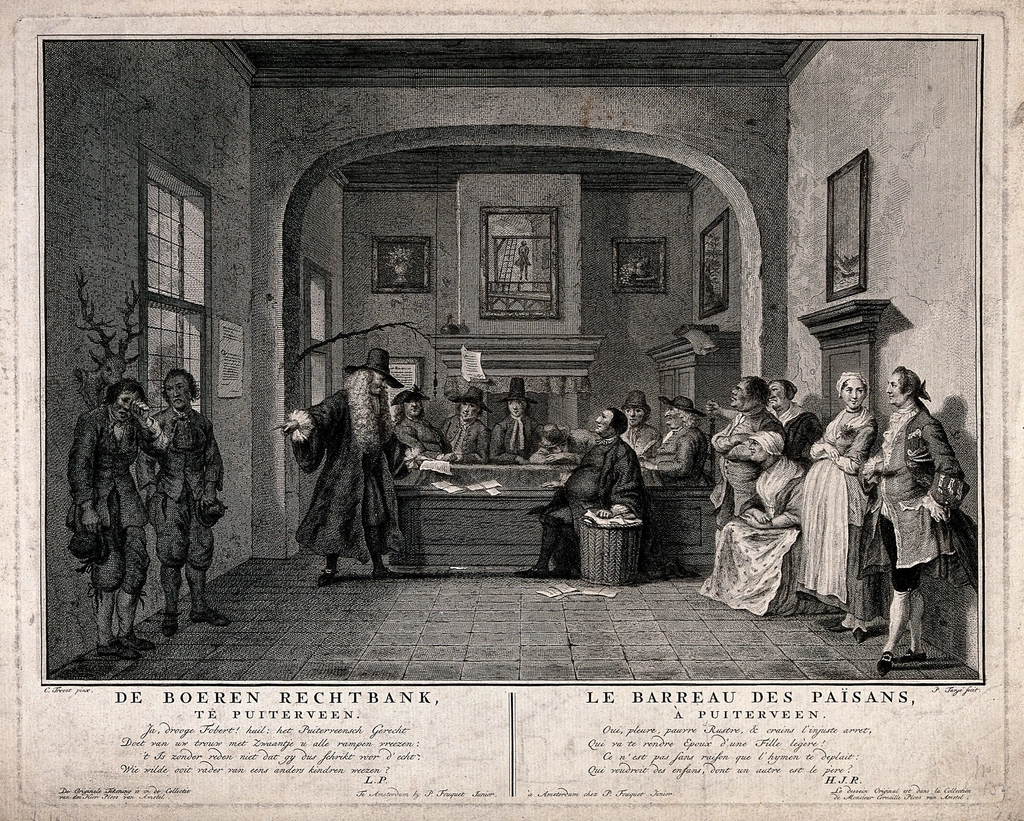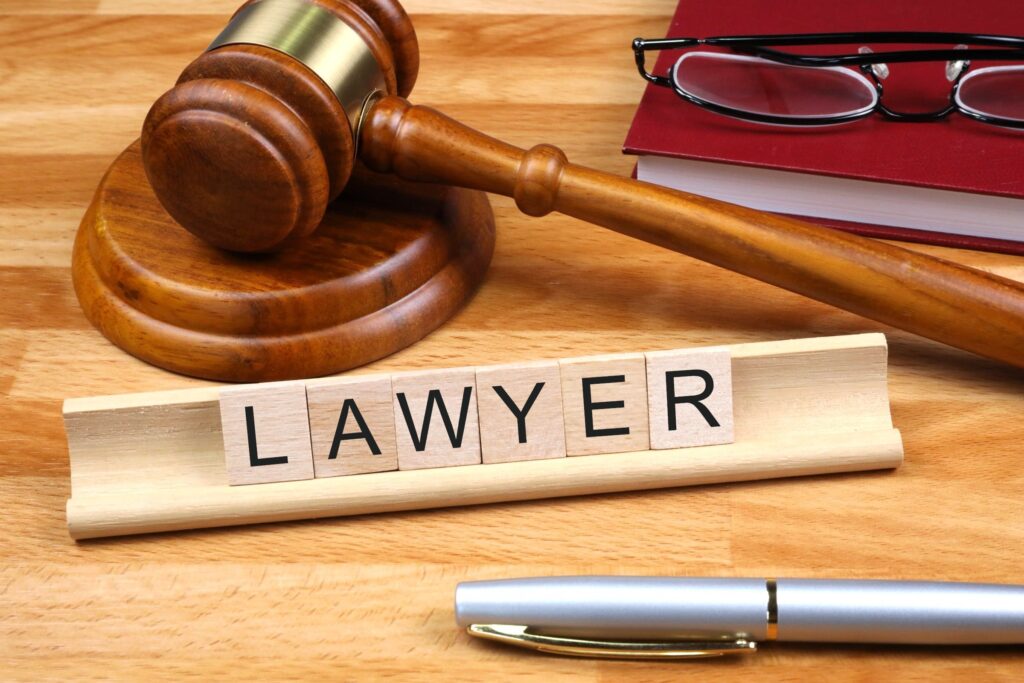
The results of the recent Philippine Bar exams have come out, 3,962 emerged as new lawyers out of the 10,490 takers, a passing rate of 37.84%.
Administered by the Supreme Court of the Philippines through the Office of the Bar Confidant, it is one of the most rigorous professional exams in the country.
The passers will undoubtedly be hailed as heroes by their families, friends, and townmates. And they should be. But what about those who failed? Shall we leave them alone sulking in some dark corner?
Well, let’s cheer them up for they are in good company with those who failed, and slogged on, before finally slaying the beast of the Bar and even etched themselves in the annals of Philippine history.
1. Notable Bar Failures
You would be surprised who fumbled their first Bar:
- Claro M. Recto, a key figure in Philippine history and law, failed his first Bar attempt. Recto passed on his next try and became a renowned statesman, lawyer, and nationalist, playing a significant role in drafting the 1935 Philippine Constitution.
- Former Vice President Leny Robredo hurdled the Bar exam only on her second try. Busy with being a mother, teacher, and wife, she took her first Bar with no preparation. Can you imagine the scores of people who would have been deprived of her public service if she quit?

- Senator Miriam Defensor-Santiago, known for her wit, sharp tongue, and self-deprecating humor, almost failed the Bar exam on her first attempt with a score of 78%. Dismayed, she took her masters overseas to sharpen her law craft.
- She went on to have a distinguished career as a lawyer, judge, and senator. Santiago also became internationally recognized for her legal expertise and was elected as a judge to the International Criminal Court (ICC). Oh, the fireworks if she was alive today.
- Despite his intellectual prowess, former Senate President Jovito Salonga faced failure in the Bar Exam when he fell ill during the exam period. He later passed with one of the highest scores in history – 95.3 tied with future friend and ally Jose Diokno. and became an iconic lawmaker, senator, senate president, and human rights advocate.
- Lawyer Benjamin Cardozo failed not once or twice but five times before passing. He went on to become a US Supreme Court Justice.
See, in life, you only fail when you stop trying.
The Philippine Bar Exam has a rich history and is surrounded by fascinating facts and statistics. Here are nine other noteworthy highlights:
2. Historical Background
- First Bar Exam: Conducted in 1901, making it one of the oldest professional licensure exams in the Philippines. This edition only had 13 takers.
- First Bar Topnotcher: Victoriano Yamzon in 1913, with a score of 96.3%.
- The first Female Lawyer: Natividad Almeda-Lopez, who passed the Bar in 1914.
- Former senator Tecla San Andres-Ziga, who got 89.4 percent in 1930, is the first woman to top the Bar exams.
3. Record-High Scores
- Highest Recorded Score: Jose W. Diokno scored 95.3% in 1944, although he never completed his law degree. The only Bar topnotcher in history not to have graduated from law school. He was home-schooled by his father, former SC justice Ramon Diokno. Get this, Jose Diokno also topped the 1940 CPA exams.
- First Perfect Grade: Ramon Aquino earned a perfect score in Remedial Law in 1951.
4. Record-Low Passing Rates
- The Bar exam is notoriously difficult:
- Lowest Passing Rate: 16.59% in 1999.
- Highest Passing Rate: 75.17% in 1954.
5. Why call it “Bar Exam?”

- You can blame the English with their knack for understatement. The “bar” was the physical barrier in a courtroom that separates the public seating area from the space where lawyers, judges, and other court officials operate. Barristers were required to “pass the bar” to plead cases before the court. Over time, the term came to represent the comprehensive examination required to become a licensed attorney. Passing the Bar Exam symbolically grants a law graduate the right to cross this “bar” and practice law in the courtroom.
6. Topping the Bar
- The phrase “Bar Topnotcher” is a prestigious title. Many Bar topnotchers have become prominent figures, such as:
- Manuel A. Roxas (5th President of the Philippines, Top 1 in 1913).
- Apolinario Mabini: Passed the Bar without attending formal law school.
7. Presidents list
- Politics is an easy bridge to cross from lawyering. Some former Philippine Presidents were lawyers and all of them were placers: Sergio Osmeña (2nd place, 1903), Manuel Quezon (4th place, 1903), Manuel A. Roxas (1st place, 1913), Jose Laurel (2nd place, 1915), Elpidio Quirino (2nd place, 1915), Diosdado Macapagal (1st place, 1936 Bar Exams), and Ferdinand Marcos (1st place, 1939 Bar Exams).
8. A Unique Ritual: The “Bar Ops”
- “Bar Operations” or Bar Ops is a tradition among law schools, where students organize send-offs, cheers, and logistical support for their Bar candidates.
- Law schools like Ateneo, UP, and San Beda are known for their intense Bar Ops preparations.
9. Law Schools
- The University of the Philippines (UP) produced the largest number of excellent takers at four, followed by the Ateneo de Manila University (ADMU) and University of San Carlos (USC), which produced two each.
10. Subjects and Format
- Subjects covered include:
- Political and International Law
- Labor Law and Social Legislation
- Civil Law
- Taxation Law
- Mercantile Law
- Criminal Law
- Remedial Law
- Legal Ethics and Practical Exercises
- The exam typically consists of essay-type questions and recently adopted multiple-choice questions (MCQs).
Conclusion

These facts highlight the Bar exams’ deep cultural and historical significance for the Philippines. The Bar is often depicted in movies and TV shows as a daunting milestone for Filipino lawyers.
The BAR exam has always made news yearly among many Filipinos. The media dedicates space and airtime to the endeavor. This has to do with most Filipino’s childhood dreams of becoming a lawyer, whether in earnest or in passing.
Stories of resilience, such as taking the Bar multiple times, are a testament to the Filipino spirit of determination. So if you know someone who failed the Bar, you now have some facts to cheer them up.





